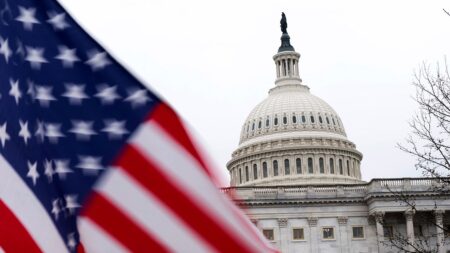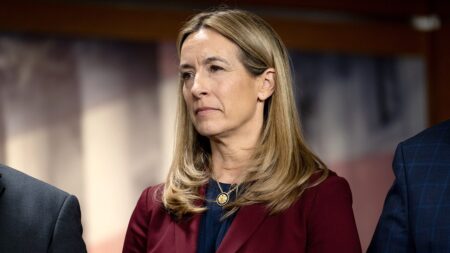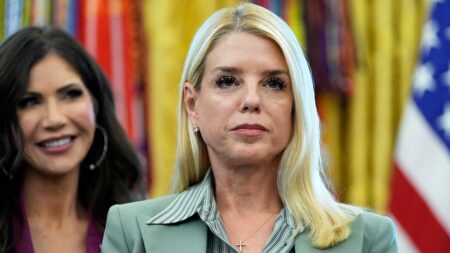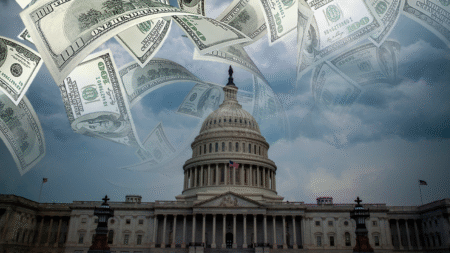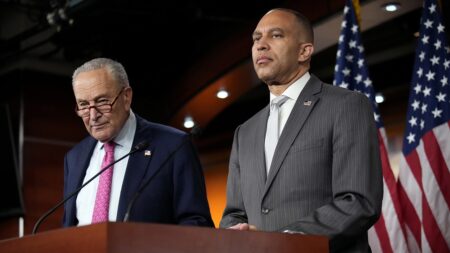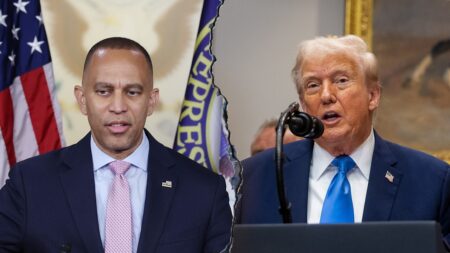NEWYou can now listen to Fox News articles!
Past government shutdowns have been more political theater than economic shock, with markets and jobs bouncing back quickly.
This time, though, President Donald Trump‘s warning that some furloughed workers may not return to their jobs raises the stakes, turning a routine disruption into a threat to an already fragile labor market.
If Trump carries out that threat, it would almost certainly face an immediate court challenge. But if it stands, a shutdown usually dismissed as partisan brinkmanship rather than financial disruption could deliver lasting economic consequences.ô
SHUTDOWN EXPLAINED: WHO WORKS, WHO DOESN’T AND HOW MUCH IT COSTS
Robert Conzo, CEO and managing director at The Wealth Alliance, a financial advisory firm, said that such a move would mark uncharted territory.
“If the U.S. federal government dismisses workers instead of furloughing them, I believe the labor market may see a shock with a higher unemployment rate and initial jobless claims,” Conzo told Fox News Digital.
“The big question to me is whether Trump is using this as a headline negotiation tactic or as a turning point to lower federal spending in the future. I believe using a government shutdown to dismiss federal workers would be unprecedented and face a myriad of questions. Federal workers typically are covered by civil service protections, as such, they need to be dismissed with cause,” he added.
The government is set to shut down at 12:01 a.m. ET on Wednesday if Congress fails to approve a funding extension. A shutdown requires federal agencies to send home workers in roles that are not considered essential. These furloughs are temporary; once Congress resolves the standoff, employees are brought back and receive back pay.ô
Each week of a shutdown trims about 0.2% from U.S. economic growth, though that loss is typically recouped once federal workers return and agencies reopen.
PARTISAN STANDOFF THREATENS CRUCIAL ECONOMIC DATA, LEAVING FED ã AND FAMILIES ã IN THE DARK
The job market is already on shaky ground. The Washington, D.C. area, home to a large share of federal workers, has been hit especially hard after Elon Muskãs Department of Government Efficiency (DOGE) advisory board pushed for layoffs earlier this year.
Asked how many federal workers could be laid off, Trump told reporters at the White House on Tuesday, “We may do a lot,” placing the blame squarely on Democrats for the stalemate.

The Trump administration is preparing to oversee what could be the largest mass resignation in U.S. history, with more than 100,000 federal employees scheduled to leave under its deferred resignation program.ô
At the same time, federal agencies have drafted plans for sweeping layoffs if lawmakers fail to strike a deal, raising the stakes for a workforce already bracing for upheaval.
And the timing couldn’t be worse: those workers are stepping into a job market that has been losing momentum, with unemployment rising to 4.3% in August ã the highest since 2021.
The weak August report came on the heels of another soft reading in July, which prompted Trump to fire the commissioner of the Bureau of Labor Statistics (BLS) Erika McEntarfer. Her removal came hours after the agency released new data showing that job growth had been significantly overstated. The bureau revised its May and June figures downward by 258,000 jobs, marking an unusually large correction that drew sharp criticism from Trump.
WHITE HOUSE SLAMS 911K JOBS REVISION, THE LARGEST ON RECORD, DEMANDS FED RATE CUT
The latest BLS revisions now suggest earlier reports overstated employment by more than 900,000 jobs. The adjustment, the largest correction on record and at the higher end of Wall Street forecasts, comes as Trump intensifies pressure on the Federal Reserve to cut interest rates to prop up growth.
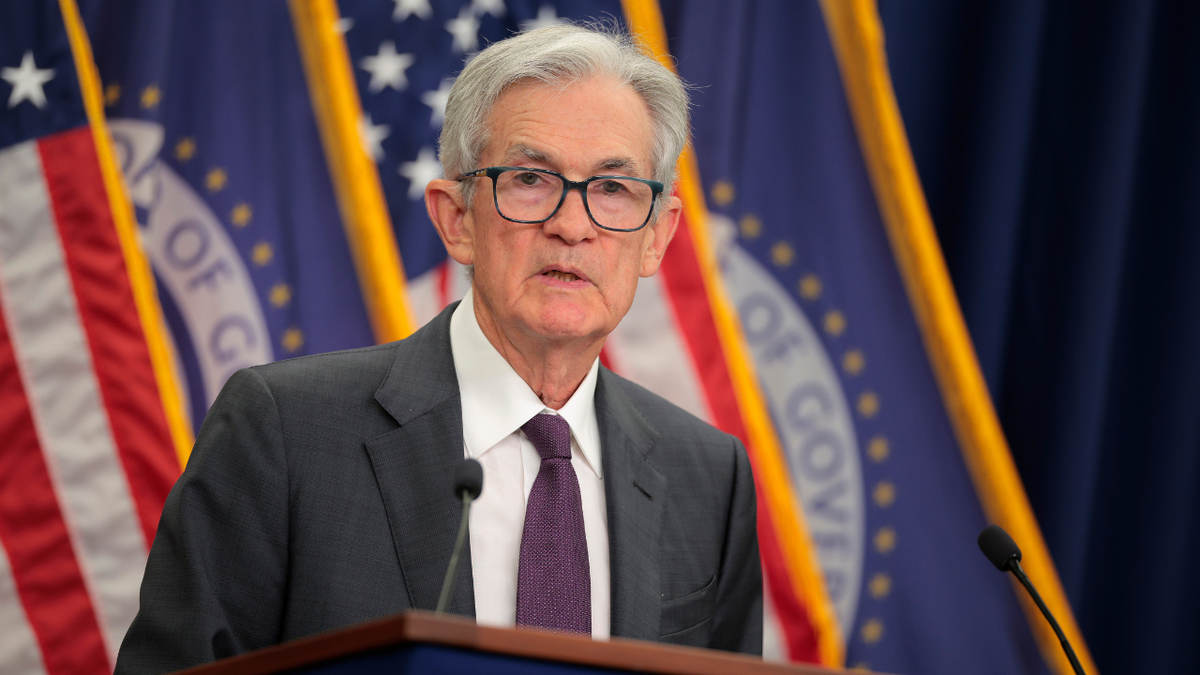
Against that backdrop, the threat of a government shutdown looms large. Analysts warn that sidelining federal workers could add another layer of strain to a labor market already showing cracks.
Brian Mulberry, senior portfolio manager at Zacks Investment Management, told Fox News Digital as many as 100,000 jobs could be at risk if a shutdown occurs, with Washington-area workers hit hardest.
Still, he noted the broader economic effect may be muted:ô
“Would losing 100,000 federal workers move the unemployment rate higher? The answer is no,” Mulberry said, estimating that it would add just 0.06 percentage points if private-sector hiring failed to offset the losses.
Read the full article here






